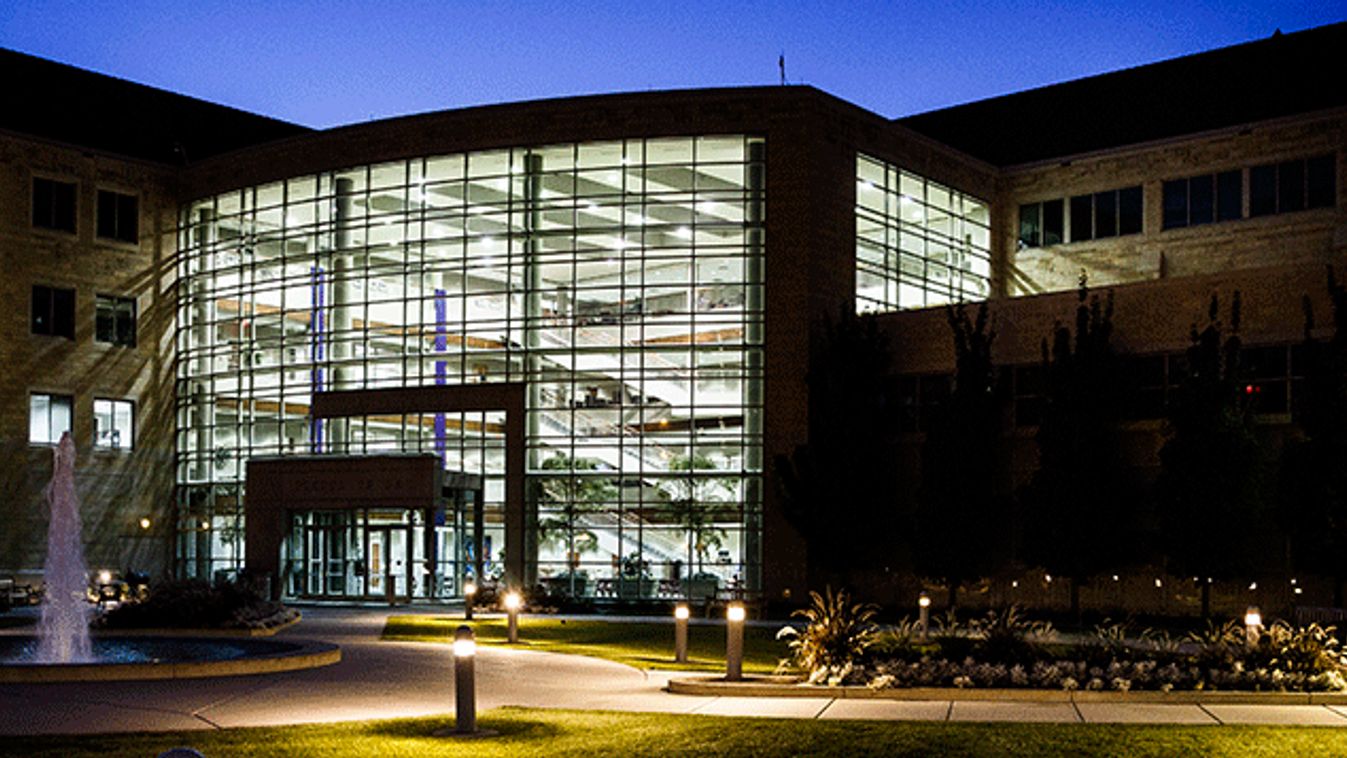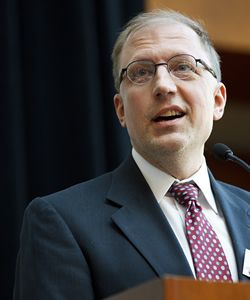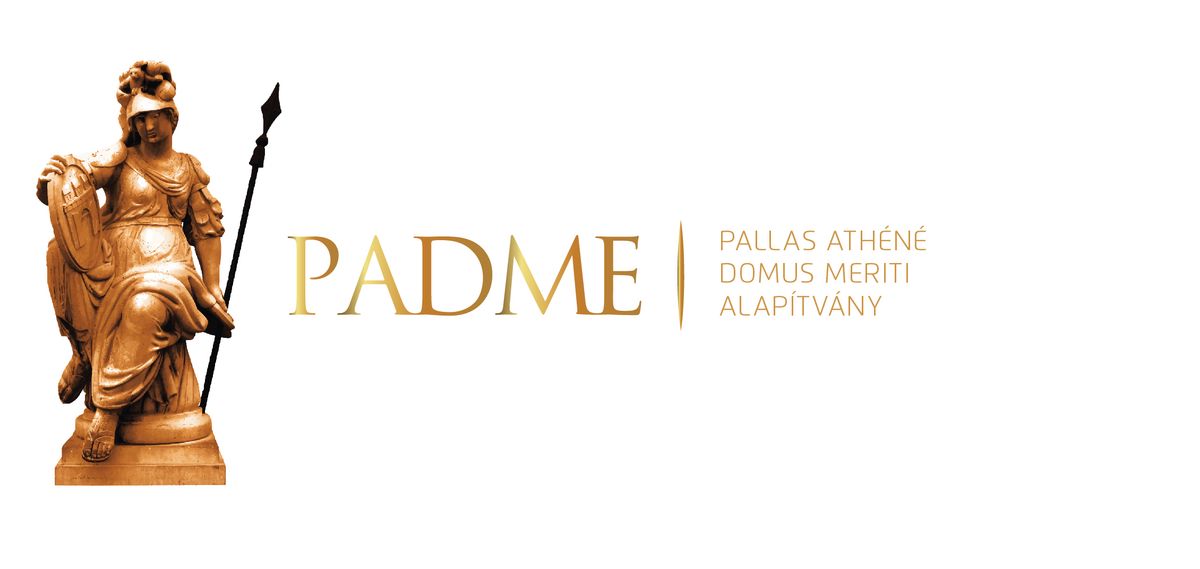Két út áll az Európai Unió előtt: az egyik a történet végét jelentené

Egyre világosabb, Orbán Viktor miért hangoztatja régóta, hogy a brüsszeli politika irányát meg kell változtatni.

By focusing on human dignity and human relations, the Catholic legal education avoids the dangers of both individualism and collectivism – says Thomas C. Berg, professor of law at the University of St. Thomas and America’s leading scholar of law and religion during a conversation with Lénárd Sándor, researcher at the American Studies Research Institute of the National University of Public Service in Budapest, Hungary.

Lénárd Sándor: I am fortunate to greet Thomas C. Berg professor of law, who is among America’s leading scholars of law and religion and recently paid a visit to the Pázmány Péter Catholic University located in Budapest. I keep very good memories of this University which is my alma mater and along with my high school, the Piarist High School, both institutions are engaged in an education of Christian spirit aspiring to make a difference in society while preserving a humble attitude towards science and society. You are a professor of law in a very prestigious U.S. based Catholic law school. How do you see the role and mission of the teachings of the Catholic Church in legal education in today’s challenging society?
Thomas Berg: I would emphasize two points. The first is the intellectual contribution of Catholicism. Catholic teaching potentially offers a distinctve vision of the nature of purposes of the law: namely, to protect the nature and human dignity of human persons, who are also social creatures who find fullfillement and relationships with others. With that vision, today’s Catholic teaching offers a coherent alternative both to individualism and to collectivism. For example, Catholic thought emphasizes solidarity, acting for and with others of every race, ethnicity, or creed—and doing so through the means of subsidiary associations, smaller groups that are not collectivist and that give people direct contact with each other. That’s a distinctive and highly relevant approach to addressing concerns of social justice. Presenting a Catholic vision does not mean ignoring or downplaying all the other sources of insights on law and justice from non-religious bases, or from other religious or metaphysical views Instead, it means adding to them: expanding rather than contracting the understanding of the foundation of law.

L. S.: So as I understand by avoiding the dangers of both individualism and collectivism, the law school education is focusing on human relations. What are the practical consequences of this unique approach? What makes the education of a Catholic law school different from non-religious law schools?
T.B.: That is the second aspect: Features of Catholic teaching affect how we at St. Thomas approach legal education in practical terms. Obviously, the education must be of the highest quality: that is a given, a starting point. But beyond that, first of all we emphasize the formation of a strong professional character.
We treat the practice of law as a vocation and a calling, not just a career.
Thus, for example, we require fifty hours of service to others from each student in order to receive his or her degree. Studies show that one of the best indicators that you will offer public service throughout your professional life is that you do it early on and so develop that habit from the beginning. Second, we emphasize human relationships in professional development. One important example is that every student at St. Thomas is assigned a professional mentor who is a practicing lawyer, a judge, or a government official or businessperson with a law background. The student has such a mentor for all three years of law school—an arrangement that is unique in American legal education. The student and the mentor meet regularly; the student observes things that the mentor does, whether in a hearing, a negotiation, or some other activity, and they discuss them and other aspects of professional life. In addition, there are small class meetings to put what students learn from their mentors into context. The idea that you promote human dignity and vocation in relationships with others also leads to emphasizing, to the extent possible, forms of clinical education where students put their knowledge at the service of others. We have 13 different clinics that put students in direct contact with others they are serving. All of these emphases require commitments of resources; but even when resources are limited, these are directions in which Catholic law schools around the world can move.
L. S. Since your law school places large emphasis on services to others, I am wondering whether you are preparing law students to become an active participant in public life, to be able to make a difference in American public life?
T. B.: Well, you make a difference for others wherever your place is. Many of our students go into government service or work for NGOs on various issues. But working for a corporation can also be a calling, if it’s done with the right emphases, since a corporation is not simply a money-making machine but a group of people organized together to do productive things that also contribute to the welfare of others. They receive a return for it: but it can also be a vehicle of service to those outside the corporation, who receive its goods and services, and those inside it as well. Nor is the practice of law simply a money-making enterprise; it should be an act of service and calling in all situations, including representing corporations. Law is a very demanding profession. If one’s sense of meaning and calling in life is only outside of one’s professional life, this can create serious psychological tension. You are working so hard during the week without any sense that what you are doing in those hours contributes to some meaningful purpose. Lawyers do have vocations, and students need to be able to see how that happens and have a vision.
L. S.: What you are saying is very instructive for all of us. Your field of legal research includes religious freedom and polarization and this seems to be all the more important in today’s America since the country is as polarized as never before. Although Americans were polarized at the beginning over the size and scope of the federal power. This is what federalists and antifederalists fought over at the time of the constitutional convention and this very debate continued between the “Hamiltonians” and “Jeffersonians”. However, something down the road changed and American politics along with many different fields of life have become increasingly polarized. Can you shed some lights on this phenomenon?

T. B.: Well, you are right that polarization has been there since the beginning and became intense at various times. At least we are not in a civil war now. Two things have happened in American politics in the last thirty or forty years. The division between the parties once was cross-cutting: for example, Democrats might have been more liberal ideologically, but they were also stronger in the South, which is more conservative. Therefore, you would share the party with people who held differing views: you agreed on some things but disagreed on others. The cross-cutting division meant that the parties’ ideological discipline was weaker, as well as the ability to ensure votes in Congress—but it also meant that through the parties, people shared some sympathies even with people who disagreed with them and were quite different from them. Now, the divisions largely align and reinforce each other. For example, people live increasingly in neighbourhoods that are homogeneous, not just economically but also culturally and politically. Increasingly, the professional and tech-oriented classes divide from the working and rural populations on culture and politics as well as on economic livelihood. This means fewer points of contact or sympathy. The other side becomes alien to you in every possible way. It’s a feature we’ve certainly seen in other societies at various times, and in America as well: but we are in a period where that alignment of divisions in two more rigid camps is recurring. A huge number of people do not fit into either of the two main camps, but their views tend to be ignored by the media and by political strategists. The second feature of polarization is that its dynamics have become more negative than positive. When you have less sympathy for those on the other side, you become more concerned with stopping them than with advancing something affirmative yourself. Workable solutions become less attractive when your primary goal is to stop those bad other people from accomplishing their very bad goals. This political and ideological polarization has many casuses. One is the so-called gerrymandering of legislative district lines, which means that members of the legislature need not appeal outside of the base of their party. Another is social media, which offers people comfortable, homogeneous “echo chambers”.
L. S.: If the American society and party system are so polarized, how does this polarization affect the system of governance as well as the famous “checks and balances” and the separation of powers among the federal branches horizontally and between the national government and the states vertically? Does the ideological polarization lead to an imbalance among the branches?
T. B.: Let’s talk first about vertical distribution of powers, that is, between the federal and state levels.
In a polarized nation where federalism gives the States substantial policy responsibility, different States will enact sharply different policies.
That can be good, for reasons I’ll mention, but in the area of religious and cultural conflict, which I study, it enhances the effects of polarization. We see “Blue States” (Democratic or left-leaning) not only recognizing same-sex civil marriage but also making little or no room for dissenters who object on religious grounds to facilitating such marriages, from church-related agencies to the small wedding vendor. On the other hand, “Red States” (Republican or right-leaning States) provide no protection for lesbian or gay people against discrimination. Therefore, even though the U.S. Supreme Court required all States to extend civil marriage to same-sex couples, there is a saying that in many places in the U.S. you can get married on Sunday and fired from your job on Monday. Solutions would be possible that would allow both sides to live their identity in civil society to a reasonable degree: protections for gays and lesbians against discrimination in employment, housing and commercial services, along with protection for objecting religious organizations and religious providers. However, no such solution passes when the two polarized sides have control of the two major political parties. A State whose majority favors gay rights rejects religious-freedom protection; and a State with a conservative religious majority rejects any gay-rights laws. Under negative polarization, each side would rather score symbolic victories by blocking the other side’s efforts rather than reach a win-win solution of anti-discrimination laws with religious freedom protections. And to turn quickly to the horizontal distribution of powers, among the branches of the federal government: James Madison famously argued, in Number 10 of the Federalist Papers, that sound, broadly acceptable solutions would emerge more easily in a larger republic than in a smaller one, because no single faction could easily obtain control over the whole: factions would have to deal with each other. To strengthen that safeguard, and make it more difficult for the federal government to act precipitiously on behalf of one faction, the framers arranged that various actions would require the approval of more than one branch—or put differently, the branches would check other. The President can block legislation by veto, unless Congress votes to override the veto by a two-thirds vote of each house. (In addition, the Senate must approve presidential nominees; the House may impeach the President, and the Senate remove the President from office, as is much discussed right now; and so forth.) But when the parties are polarized, this division of power does not produce Madison’s expected bargaining toward tolerable compromises. Rather, if the parties split power (between the two houses or between Congress and the President), we get gridlock and ineffective governance, leaving major or pressing issues unresolved. On the other hand, and if one party dominates both branches, that party enacts its views with no regard for other interests.

L. S.: You mentioned that while “Red States” would go one policy direction, “Blue States” would go the other direction in many cases. I am wondering whether states have enough autonomy to pursue their policy objectives or today’s United States became so centralized that even though States wish to pursue their own policy choices, they are not able to do that because of the increased centralization.
T.B.: It is a mixed situation. Each ideological party has a tendency to support states’ rights when it benefits their underlying policy position and support federal intervention when they like the policy the federal government pursues. People seldom have a consistent, principled commitment to “state’s rights”. But devolving power to States is one potential solution, in theory, to the problem of polarization. When there are strong disagreements about policies, devolution allows people of different States to choose different values. And when the question is not merely about values but also what policies empirically will work better, then “federalism” allows States to experiment: to operate, as Louis Brandeis said, as “the laboratories of democracy”. Finally, if you seriously oppose the policy enacted in your State, you at least have the possibility of moving somewhere else. This differs from the “winner takes all” result when a policy prevails at the national level. Mariujana, guns, the precise balance between conflicting rights of equality or speech: all these contested questions could be handled differently by different states, and there are certainly other places where the States could have more room. But when the competing sides are so polarized and the issue involves some fundamental matter of freedom or identity like political expression, basic equality or religious freedom, then devolution is not a solution: that I fear, is the situation with respect to freedoms in the “culture wars.”
L. S.: Now, we see the Supreme Court is devided on key issues and big cases are often decided by 5:4. I am wondering whether the very institution who might provide remedy for polarization has become polarized itself?
T. B.: Well, repeated 5:4 decisions do tend to reduce the Supreme Court’s legitimacy and make people see it as a political actor. But Americans hate the Supreme Court resolving issues until they need the Court to resolve an issue in favor of their views. A good example is the Democrats reaction to the Bush v. Gore decision, which gave the 2000 election to George Bush and sparked a great deal of liberal commentary saying, in effect: “We ought to stop relying on the courts, since they are in the hands of conservatives and will only give us conservative results.” It seemed that left-leaning liberals might significantly reduce their reliance on courts. But within two years 9/11 happened, strict interrogations and detentions of supposed terrorists were introduced, and liberals went right back to the Supreme Court to enforce the suspects’ rights against the overbearing policies of the government.
As Tocqueville said, there is virtually no political question in Amerca that at some point does not resolve into a judicial question.
Moreover, even if the Supreme Court divides by 5:4, its debate and discussion still often looks better than the rhetoric and name-calling in legislatures and on media. So, in a time of polarization the Supreme Court, even if not perfect, can still appear better to many people than the alternatives.
L. S.: And should the Supreme Court offer some remedy to the polarization?
T. B.: It can definitely do so in places. Protecting both religious freedom and gay rights—taking both rights seriously—would address some of the cultural polarization problems. Strong free speech protections serve the same goal—and virtually all of our current justices, conservative and liberal, have a firm commitment to protecting speech. The other area where the Supreme Court could intervene is against political gerrymandering that draws lines creating “safe districts” and systematically minimizing the seats of the minority party. Justices have hinted for thirty years that they might start to address this problem—one that by nature will not correct itself, since the members elected under such policies will not vote to undermine their own status. However, the Court has never found a satisfactory standard to evaluate at what point the harm of line-drawing on minority parties becomes too much, since all legislative districting takes into account various considerations including politics. It would help if the Supreme Court placed some limits on political gerrymandering. But whether they will do so is another question.
***
A cikk a Pallas Athéné Domeus Educationis Alapítvány támogatásával valósult meg.
